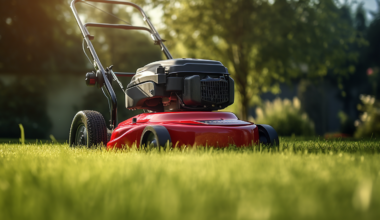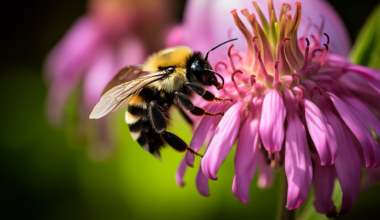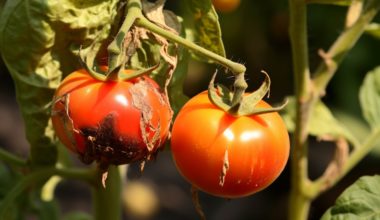A wildlife-friendly garden is not just an aesthetic choice; it’s a decision to participate actively in maintaining local ecosystems. Let’s explore how to create a haven for wildlife right in your backyard.
Introduction: The Concept of a Wildlife Friendly Garden
A wildlife-friendly garden is an area designed to attract and support various species of wildlife. From native plants to bird feeders, each element can help create a welcoming habitat for insects, birds, and mammals.
The Importance of a Wildlife Friendly Garden
Creating a wildlife friendly garden provides numerous benefits:
- Supporting Biodiversity: Gardening with wildlife in mind can provide vital habitats and food sources for various species, supporting local biodiversity.
- Pest Control: Certain creatures, like birds and hedgehogs, can help control pests in your garden.
- Pollination: Bees, butterflies, and other insects aid in pollination, helping your garden flourish.
Steps to Create a Wildlife Friendly Garden
Here are some steps you can take to create a welcoming space for wildlife:
Plant Native Species
Native plants attract native wildlife and provide appropriate food and shelter. They’re also well adapted to local soil and climate conditions, making them easier to grow.
Provide Food and Water
Bird feeders and baths, as well as bee drinking stations, can provide necessary sustenance for local wildlife. Just ensure they’re kept clean to prevent the spread of disease.
Create Habitats
From log piles for hedgehogs to nest boxes for birds, creating habitats can encourage wildlife to set up home in your garden.
Leave a Wild Corner
A part of the garden left to grow naturally can provide a great habitat for a variety of species. Even a small wildflower patch can attract numerous insects.
Avoid Chemicals
Try to avoid pesticides and weed killers that can be harmful to wildlife. There are many natural alternatives available.
Further Tips
- Composting: A compost heap not only recycles your kitchen and garden waste but can also provide a home for insects and other creatures.
- Night Garden: Incorporate plants that release their scent in the evening to attract night-flying insects, which in turn will attract bats.
- Diverse Planting: Plant a variety of shrubs, trees, and flowers to provide different habitats and food sources throughout the year.
Your Garden, A Wildlife Sanctuary
A wildlife friendly garden brings your outdoor space to life, adds interest, and contributes to local biodiversity. It’s a win-win situation for both gardeners and wildlife.






